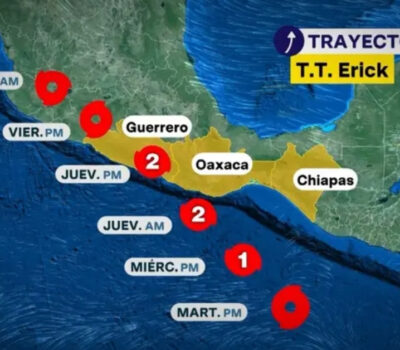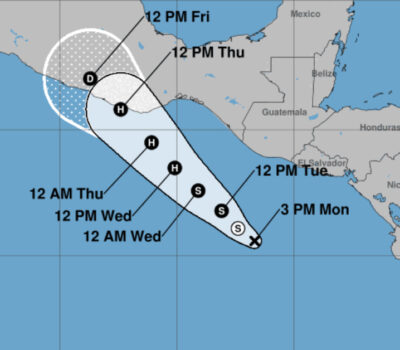Puerto Vallarta, Mexico – The Mexican peso, often dubbed the “excessive weight” by some, celebrated its best year in over three decades in 2023. Closing at 16.9540 units per dollar, the currency experienced a remarkable cumulative gain of 12.9%, marking its strongest annual performance since data collection began in 1989, according to information from Econ, a subsidiary of LSEG.
Added to record inflation, foreigners living on US Dollars in Mexico paid nearly 20% more to live in Mexico during 2023.
The unprecedented strength of the peso in 2023 left many analysts and experts astonished, as it defied conventional expectations. Jonathan Heath, the Deputy Governor of the Bank of Mexico, expressed this surprise in a social media message, stating, “Peso appreciation this year was something unusual, something that no one could have predicted.”
The Mexican peso’s remarkable ascent in 2023 can be attributed primarily to the influx of external funds attracted by the central bank’s stringent monetary policy, which was implemented in 2021 to combat soaring inflation in the wake of the pandemic. In July, the peso reached a level of 16.6206 units per dollar, a threshold not witnessed in over seven years.
Key to this remarkable performance was Mexico’s key interest rate, which skyrocketed to a historic high of 11.25% in March, far surpassing the rates offered by other economies, including the United States, whose rates ranged from 5.25% to 5.50%.
However, as the new year dawns, experts predict a change in the tide. Banco de Mexico is expected to begin easing its monetary policy from the first quarter of 2024, a move that is anticipated to lead to an adjustment in the currency’s value, pushing it above the 18-unit mark, according to the latest expectations survey.
The sudden strengthening of the peso in 2023 also raised concerns about its impact on two vital pillars of the Mexican economy: export competitiveness and the purchasing power of remittances. It now ranks as one of the best-performing global currencies against the US dollar, second only to the Colombian peso.
Furthermore, as 2024 unfolds, the focus of attention will shift towards two pivotal events – the presidential elections in Mexico scheduled for June and the United States elections slated for November. Analysts anticipate potential scenarios of instability, with Humberto Calzada, Chief Economist at Rankia Latin America firm, remarking, “This year, 2024, we will see scenarios of instability.” Nevertheless, Calzada believes that an exchange rate of 18 pesos per dollar is an acceptable level.
In conclusion, the Mexican peso’s exceptional performance in 2023, driven by high-interest rates and external inflows, was indeed an anomaly that surprised even experts. However, the currency’s outlook for 2024 remains uncertain, with monetary policy adjustments on the horizon and political events casting their shadow over its future trajectory. The coming year promises to be a critical one for the Mexican peso, leaving both investors and observers eagerly watching for developments.
Puerto Vallarta, Mexico – The Mexican peso, often dubbed the "excessive weight" by some, celebrated its best year in over three decades in 2023. Closing . . .












